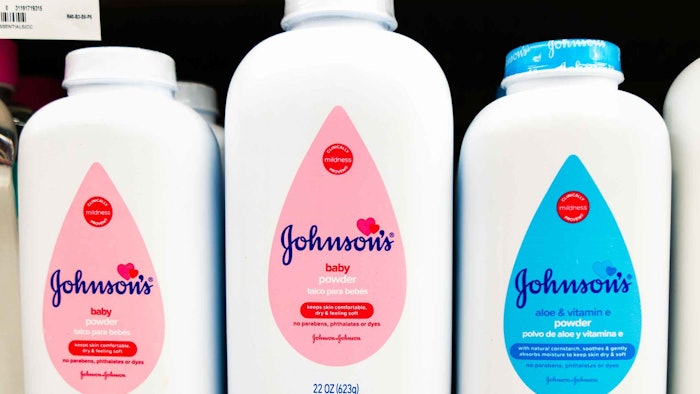
Johnson & Johnson (J&J), through its subsidiary LLT Management LLC (LLT), has proposed a US $6.475 billion plan "for the comprehensive and final resolution" of all current and future U.S. legal claims alleging its talc-based products contained asbestos and in turn, caused ovarian cancer. This settlement would be paid over the course of 25 years, which per J&J, "is a far better recovery than the claimants stand to recover at trial."
J&J explained in a press statement that "most ovarian claimants have not recovered and will not recover anything at trial," as the company has prevailed in approximately 95% of ovarian cases tried to date, including every case tried over the last six years. Furthermore, per J&J, it would "take decades to litigate the remaining cases and therefore, most claimants will never have 'their day in court.'"
New This Time: Cancer Claimant Voting
The new proposal is different from the previous LLT filings in that it provides for a three-month solicitation period during which ovarian claimants are informed of the terms and have the opportunity to vote for or against the plan; such opportunity was denied in the prior bankruptcy cases. If 75% of the claimants vote in favor of the plan, the company's subsidiary may file a consensual “prepackaged” Chapter 11 bankruptcy to secure its confirmation.
"The claimants get to vote, and that's the major difference here," Erik Haas, worldwide vice president of litigation for Johnson & Johnson, stated in a call with investors, according to Reuters. “Unlike the prior cases, it is the vote of the claimants – and not the conflicting financial incentives of the small minority of plaintiff lawyers who stand to receive excessive legal fees outside of a reorganization – that decides whether the plan may proceed."
Talc Testimony Revisited and Daubert Decision
Furthermore, per J&J, on March 27, 2024, the judge presiding over the multi-district litigation agreed, "to reconsider the scientific validity of the opinions offered by plaintiffs’ experts in a Daubert hearing, pursuant to the rigorous review required by the new Federal Rules of Evidence 702." If the opinions fail that review, which J&J expects they will, the ovarian claims could be dismissed.
As previously reported regarding the Daubert decision, Judge Wolfson, in April 2020, deemed the plaintiffs' key biology expert's, Ghassen Saed, Ph.D.'s, opinion that "the use of talc causes ovarian cancer" was unsupported by the findings of his study, and was therefore an "unreliable" conclusion. In addition, the plaintiffs' asbestos testing expert, William Longo, Ph.D., could not testify about the results of his polarized light microscopy (PLM) due to "real reliability and reproducibility issues plaguing Dr. Longo's PLM testing."
"The passage of time has only solidified the decades of medicine and science that support [J&J's] position in these cases," Haas said in a statement, per Reuters.
Resolutions and Agreements
Considering the ~95% odds in favor of J&J at trial, and the potential risk for scientific testimony to fail, the legal counsel representing the majority of current ovarian claimants assisted in the development of the currently proposed plan.
The proposed plan would resolve 99.75% of the pending talc lawsuits against J&J and its affiliates in the United States. The remaining personal injury lawsuits relate to mesothelioma and will be addressed separately; so, too, will individual state-based consumer protection claims.
The company has additionally reached an agreement in principle to resolve all talc-related claims against it in the bankruptcy cases filed by suppliers of its talc; i.e., Imerys Talc America, Inc.; Cyprus Mines Corp. and their related parties.
J&J: The Science Still Stands
Standing by its products, J&J reiterated that none of the talc-related claims against the company's products have merit. "The claims are premised on the allegations that have been rejected by independent experts, as well as governmental and regulatory bodies, for decades," the company stated.
“The [p]lan is the culmination of our consensual resolution strategy that we announced last October,” said Haas. “Since then, [J&J] has worked with counsel representing the overwhelming majority of talc claimants to bring this litigation to a close, which we expect to do through this plan.”










